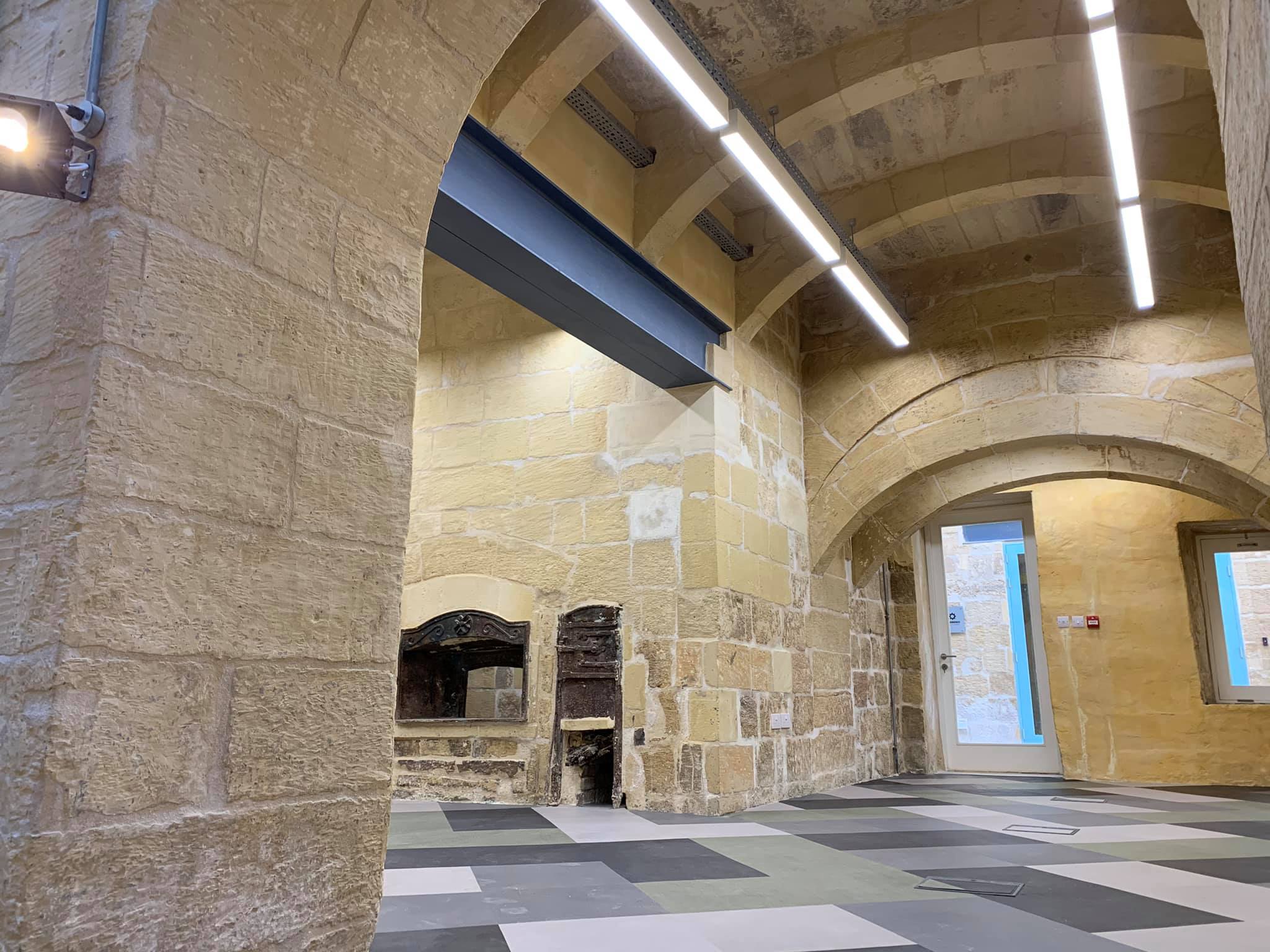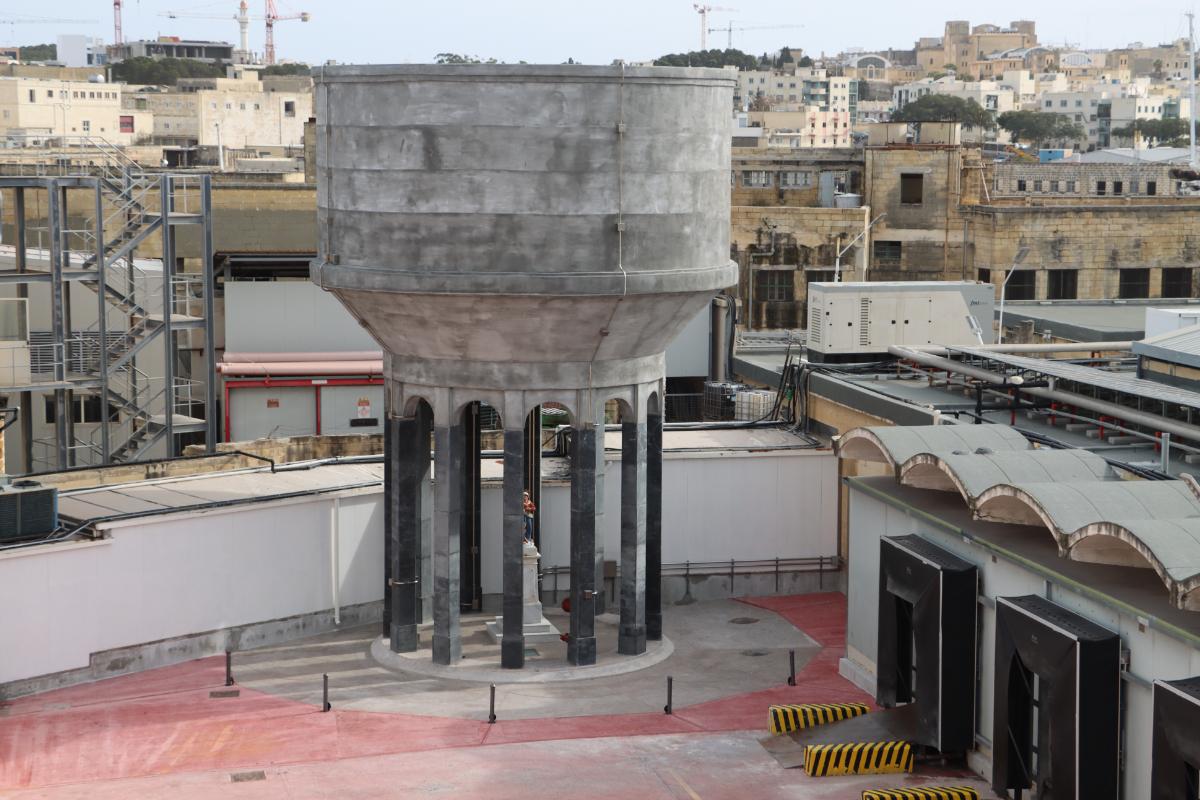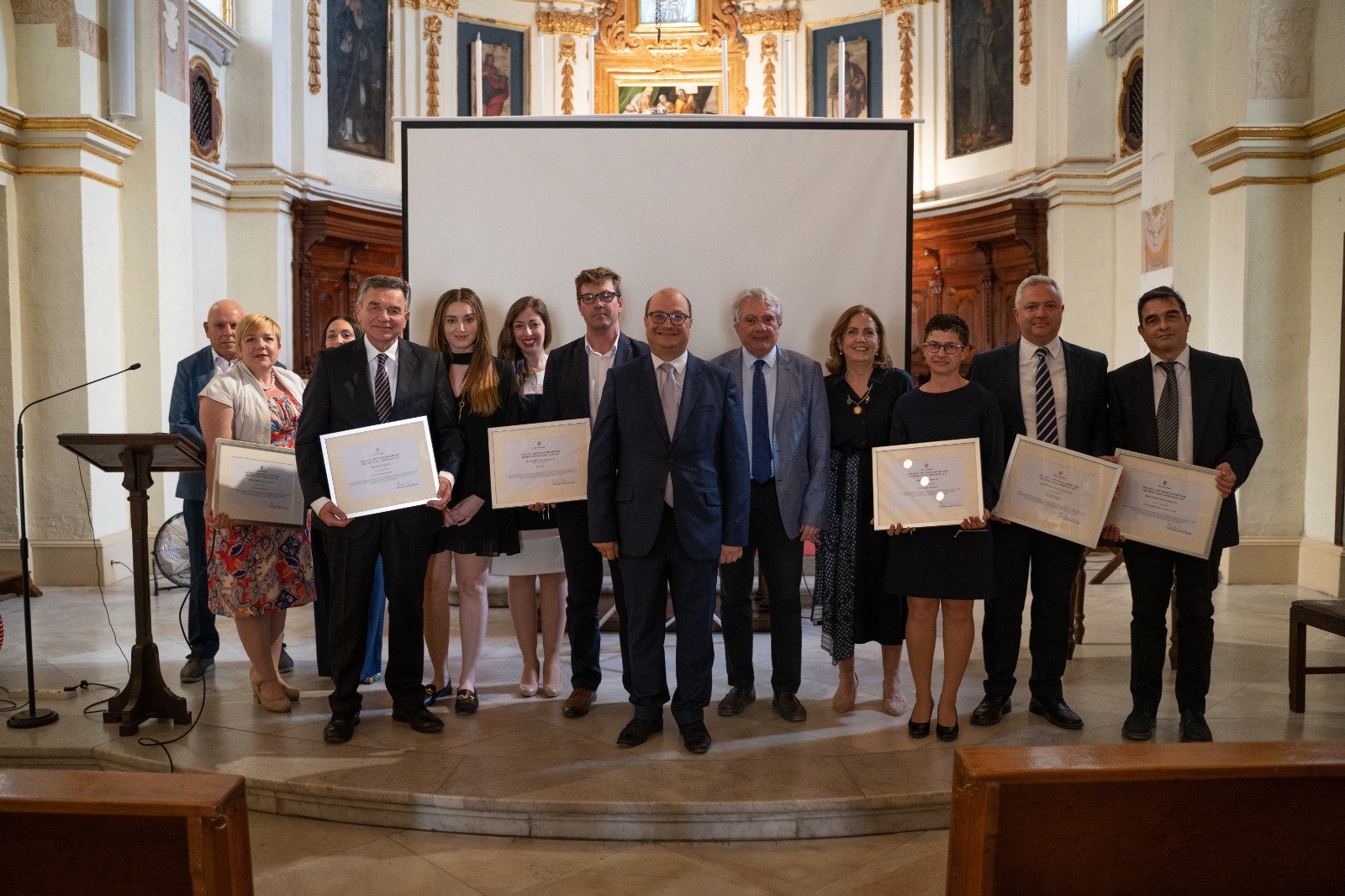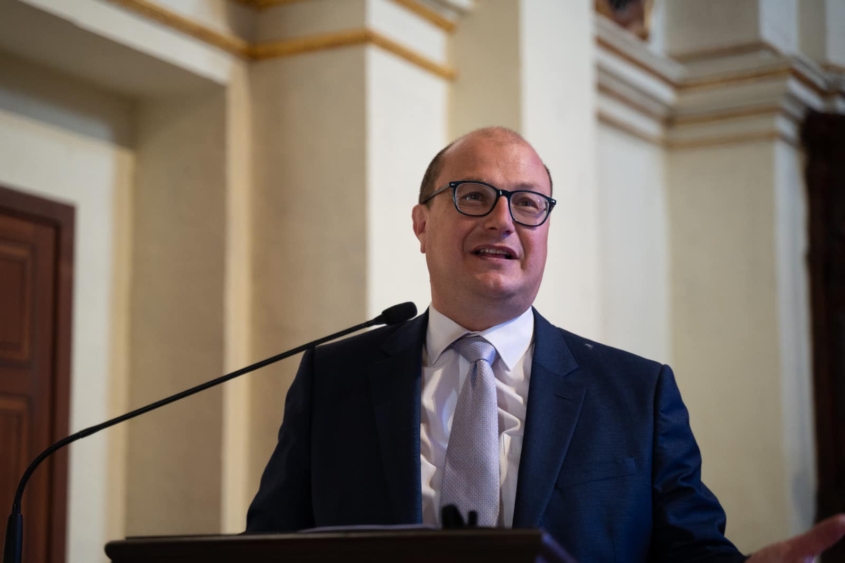THE DIN L-ART ĦELWA XVI ARCHITECTURAL AWARDS
Our rich and varied cultural heritage is a fundamental aspect of the foundation of our nation. The conservation of the architectural heritage has come a long way over recent decades, and conservation practice is based on the values offered by the architectural heritage resources for different individuals, groups, organisations, and the government. The annual awards by Din l-Art Ħelwa, with the support of the Kamra tal-Periti, are yet another initiative to encourage architectural excellence in the rehabilitation and reuse of old buildings, and the recognition of the dedicated workers in the field.
Creations of traditional craftsmanship, such as Maltese closed-timber balconies, elaborate stonemasonry, and forged wrought iron works are constantly under threat by modern infrastructure materials considered much more affordable and maintenance-free. Furthermore, the shortage of skilled workers in these fields makes it more difficult to complete professional rehabilitation projects of old buildings. It is therefore our duty, both as Government and as a society, to create the right environment and implement those measures that will continue to promote and encourage the beauty of our architectural heritage.
We must not underestimate the importance of our country having the adequate trained people in various trades and in manufacturing, this also being a strong sector in our country’s economy. The Government is leaving no stone unturned in its effort to give students the opportunity to learn and train in different vocational subjects, even in the early ages. During the past years home-owners have also benefitted from different Government schemes which have been launched and re-launched to promote the restoration, conversion, and maintenance of Malta’s stock of historical buildings in urban conservation areas and other schemes.

The Valletta Design Cluster – among the winning projects at the 16th edition of the Din l-Art Ħelwa Awards for Architectural Heritage
These initiatives are coupled with vast investment in restoration in various historical buildings financed by means of EU funds.
The categories chosen for these awards (Major Regeneration Project, the Rehabilitation and Re-use of Buildings and the Restoration and Conversation Projects awards) encompass all the aspects of the potential value of traditional buildings. Apart from the aesthetic aspect, the participating projects have been judged on the research conducted, on the quality of work executed, as well as on their historical, cultural and social relevance.
Our main thrust must be in favor of higher standards and projects that achieve the best possible results. In the recent past we have seen a number of positive initiatives that can serve as a strong basis to forge the way forward.

The restoration of the water tower at the Public Abattoir, previously considered for demolition
On another note, I would like to thank Din l-Art Ħelwa for its great contribution in conserving heritage buildings through numerous restoration projects for more than 50 years. Malta is so rich in cultural heritage that it is impossible for the central government to carry out all the restoration projects needed for the upkeep of important historical monuments. It is therefore the Government’s duty to commend the work of an organisation such as Din l-Art Ħelwa, which has built a reputation for the pristine work carried out in this field.

Finally, I would like to congratulate all those who have submitted their projects in this competition. It is very encouraging to see such talent and effort put into quality architectural projects to conserve the beauty of Malta’s visual environment. I look forward for more future editions of these awards and I encourage other organizations to embark on similar initiatives to promote the beauty of our architectural heritage.


